Technology
App Store Freedom Act Could Bring Third-Party App Stores to iPhones
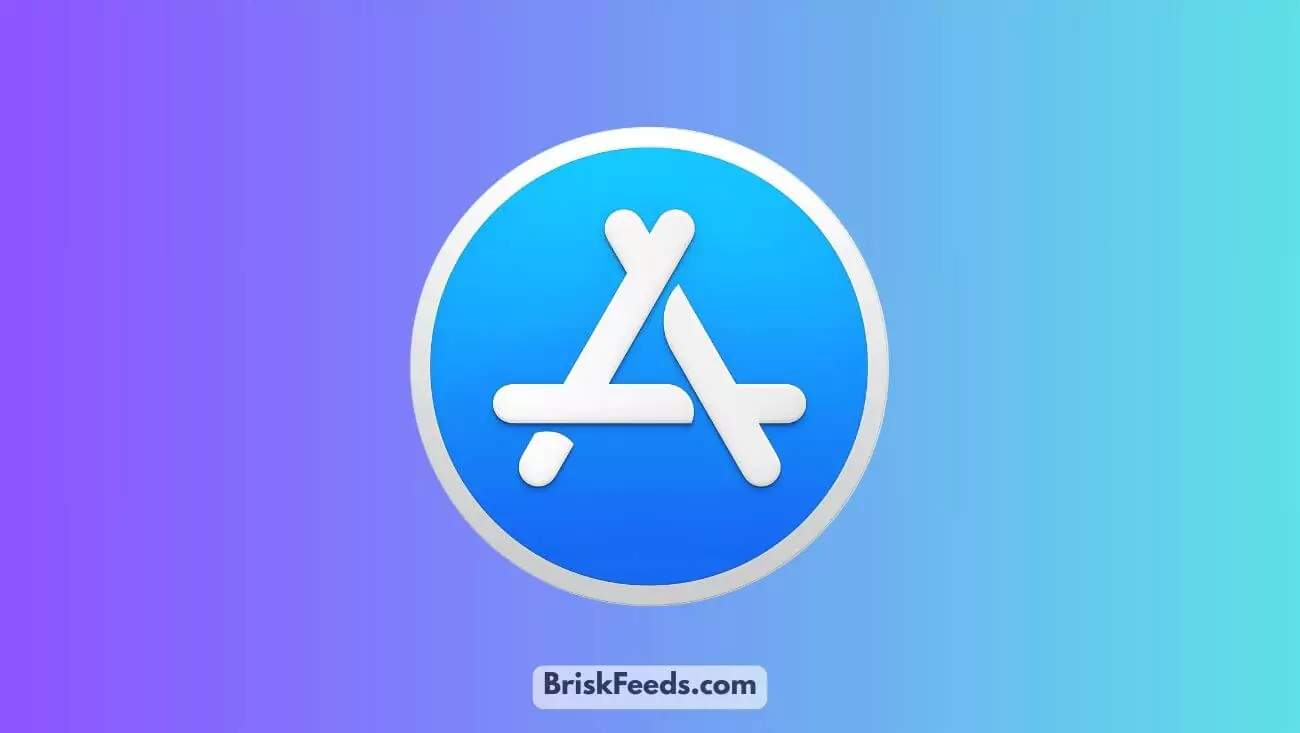
A new bill introduced in the U.S., dubbed the App Store Freedom Act, seeks to force Apple to allow third-party app stores on iPhones, potentially dismantling the company’s tightly controlled ecosystem. Proposed by Florida Representative Kat Cammack on May 6, 2025, the legislation targets “large app store operators” with over 100 million U.S. users, aiming to promote competition and consumer choice in the mobile app market. This move could significantly reshape Apple’s business model, echoing similar regulatory shifts in the digital marketplace and raising questions about user security and developer opportunities.
The App Store Freedom Act, as detailed in a press release, mandates that major app store operators like Apple and Google permit users to install third-party app stores and set them as defaults. It also requires these companies to allow developers to use third-party payment systems, grant equal access to development tools, and enable users to remove or hide pre-installed apps—features Apple already partially supports. Violations could result in penalties from the Federal Trade Commission, with additional fines of up to $1 million per infraction. The bill mirrors the European Union’s Digital Markets Act (DMA), which has already forced Apple to allow alternative app stores in the EU, though not without regulatory challenges.
If passed, the legislation could have far-reaching implications for Apple’s ecosystem, which has long been criticized for its “walled garden” approach. By allowing third-party app stores, developers could bypass Apple’s 30% commission on in-app purchases, a point of contention in cases like Epic Games v. Apple. This could foster innovation by giving developers more freedom, but it also raises concerns about user safety, as Apple has argued that its strict App Store guidelines protect users from malware and fraud. The bill’s impact on Google is less pronounced, as Android already supports sideloading and alternative app stores, though it would still enforce third-party payment options and equal access to development tools, potentially leveling the playing field in the app ecosystem.
The App Store Freedom Act has garnered support from the Coalition for App Fairness, which includes companies like Epic Games, Spotify, and Match, all of whom have clashed with Apple over its App Store policies. However, the bill’s passage is uncertain, as it must navigate a complex legislative process, and Apple has historically lobbied against such measures, even turning the White House against EU fines under the DMA. The company is also facing a major antitrust lawsuit from the U.S. Department of Justice, which could further pressure its business model. Meanwhile, Apple has made concessions in response to recent court rulings, such as allowing developers to link to external payment systems, but legislative changes like this could force more significant shifts in its digital strategy.
For consumers, the bill could mean greater choice and potentially lower app prices if developers pass on savings from avoiding Apple’s commission. However, it also introduces risks, as third-party app stores may not adhere to the same security standards as Apple’s App Store, potentially exposing users to malicious apps. Developers, on the other hand, could benefit from increased flexibility and reduced costs, though they may face new challenges in navigating multiple app stores and payment systems. The bill’s outcome could set a precedent for how tech giants manage their ecosystems, influencing global app store policies as regulatory scrutiny intensifies.
As the App Store Freedom Act moves through the legislative process, its potential to open up iPhones to third-party app stores will be closely watched by consumers, developers, and regulators alike. The debate over competition versus security in the app ecosystem is far from settled, and this bill could be a turning point in balancing innovation with user protection. What are your thoughts on the App Store Freedom Act, and how might third-party app stores impact your iPhone experience? Share your perspective in the comments—we’d love to hear your insights on this transformative proposal.
Technology
YouTube Unveils Its Own Top Podcasts Chart for USA – And the First #1 Might Surprise You!
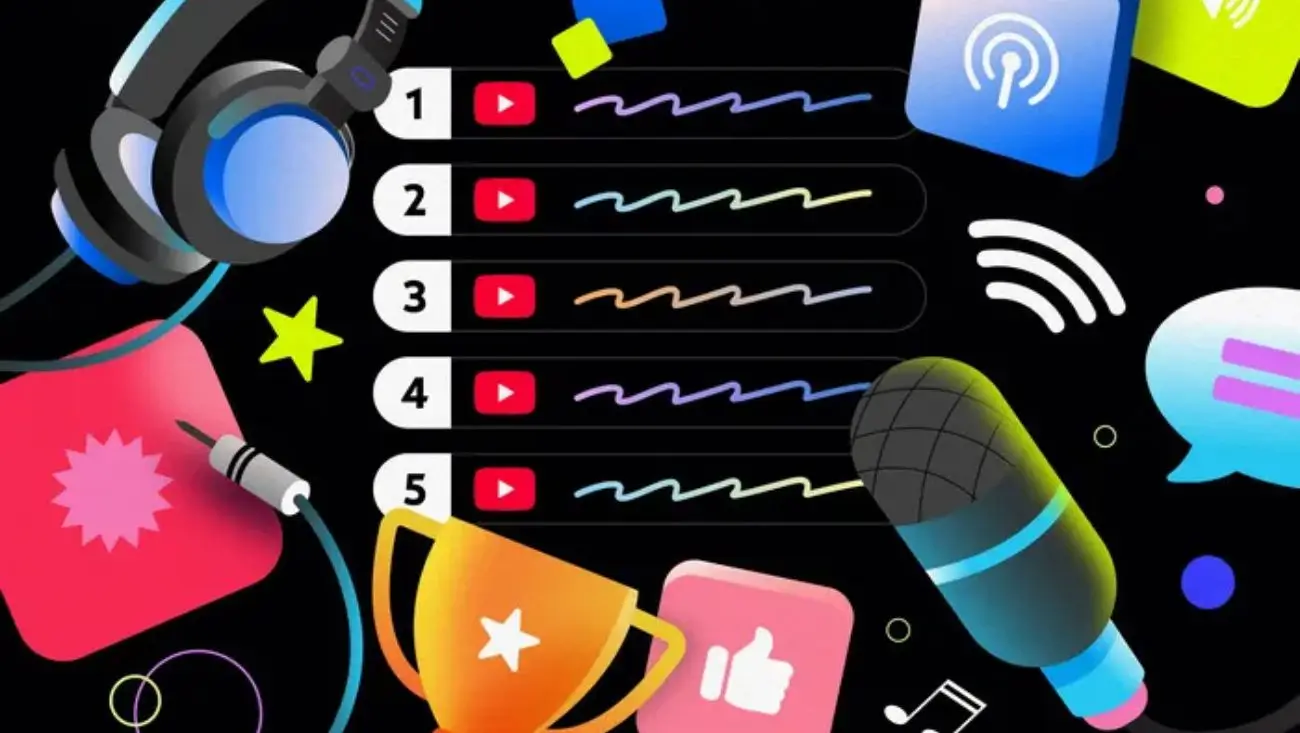
In a clear signal of its deepening investment in the podcasting realm, YouTube has launched its anticipated weekly YouTube Top Podcasts Chart USA. This new chart, now live and accessible directly via charts.youtube.com/podcasts, provides a weekly snapshot of the shows captivating American audiences on the massive video platform. The introduction of this official ranking system is set to bring more transparency to podcast performance on YouTube and could significantly influence discovery for both listeners and creators across the nation.
For a long time, gauging podcast popularity has involved looking at various charts from different distributors. With the YouTube Top Podcasts Chart USA, the platform is providing its own data-backed view, specifically for content consumed within the United States on YouTube – a space where many podcasts thrive with video components. This is a pivotal development for creators looking to measure their impact and for listeners seeking out the hottest shows in the US.
What the New YouTube Top Podcasts Chart USA Reveals
The debut of the YouTube Top Podcasts Chart USA has quickly become a talking point. While some might have expected certain names to immediately claim the top spots, the initial rankings highlighted the diverse appeal of podcasts on YouTube. For instance, early observations of the live chart showed strong contenders like “Kill Tony,” a live comedy podcast, and “New Heights with Jason and Travis Kelce” ranking highly, indicating the success of interactive and personality-driven content. The absence (due to exclusivity elsewhere) or different ranking of shows dominant on other platforms underscores YouTube’s unique podcast ecosystem.
Key features and implications of the YouTube Top Podcasts Chart USA include:
- Live, Weekly Rankings: The chart is updated each week, offering a dynamic and current view of what U.S. podcast listeners on YouTube are engaging with. Users can visit charts.youtube.com/podcasts to see the latest standings.
- U.S. Audience Focus: This chart specifically reflects consumption patterns within the United States, providing a valuable national barometer.
- A New Discovery Tool: For listeners, the YouTube Top Podcasts Chart USA acts as a curated guide to trending and popular shows, potentially unearthing new favorites. This formalizes a discovery process that was previously more algorithmic or word-of-mouth on the platform, much like how YouTube is also using AI to refine its ad placements.
- Visibility for Creators: A prominent position on this chart can significantly boost a podcast’s visibility, attracting new subscribers and enhancing appeal to advertisers.
The decision to launch the YouTube Top Podcasts Chart USA is a clear strategic play by YouTube to cement its status as a premier destination for podcasting. By offering official, transparent rankings, YouTube aims to attract more top-tier podcasting talent to its platform and provide compelling, verifiable data to brands looking to invest in podcast advertising. This initiative complements YouTube’s ongoing efforts to enhance its platform for podcasters, including better analytics and monetization options. This kind of platform evolution focused on creator tools is also seen with Google’s recent AI-powered accessibility updates which benefit users and developers alike.
For podcast creators across the USA, making it onto the YouTube Top Podcasts Chart USA could become a coveted achievement. It offers a new benchmark for success and a powerful way to demonstrate audience engagement on one of the world’s largest content platforms. However, it also means that podcast performance on YouTube will be subject to more public and direct comparison. The way platforms manage content and creator relations is constantly under scrutiny, as seen in the discussions surrounding SoundCloud’s AI policy changes and artist feedback.
Listeners in the U.S. also stand to gain from the YouTube Top Podcasts Chart USA. In an ever-expanding podcast universe, having a reliable, platform-specific chart can simplify the process of discovering new and engaging content. The way audiences find and consume media is continually shifting, and platforms are adapting to these changes, much like how Netflix has successfully grown its ad-supported subscription model by catering to different viewer preferences.
While the initial iteration of the YouTube Top Podcasts Chart USA is now live, its long-term influence will be shaped by how consistently it reflects genuine audience engagement, the types of podcasts that achieve sustained success, and how this new data point reshapes the strategies of independent creators and established podcast networks. The transparency offered by such official charts is generally seen as a positive step, aligning with broader calls for openness in platform operations, similar to OpenAI’s recent commitments to greater transparency in AI model safety evaluations.
YouTube’s move clearly indicates it views podcasts as a vital content category, deserving of dedicated features and public metrics. With video remaining a key element for many top podcasts, YouTube is uniquely positioned to lead in this hybrid media space.
Technology
Nintendo Switch 2 Final Specs Revealed: Custom NVIDIA GPU, DLSS Support, and Major Performance Gap Between Docked and Handheld Modes
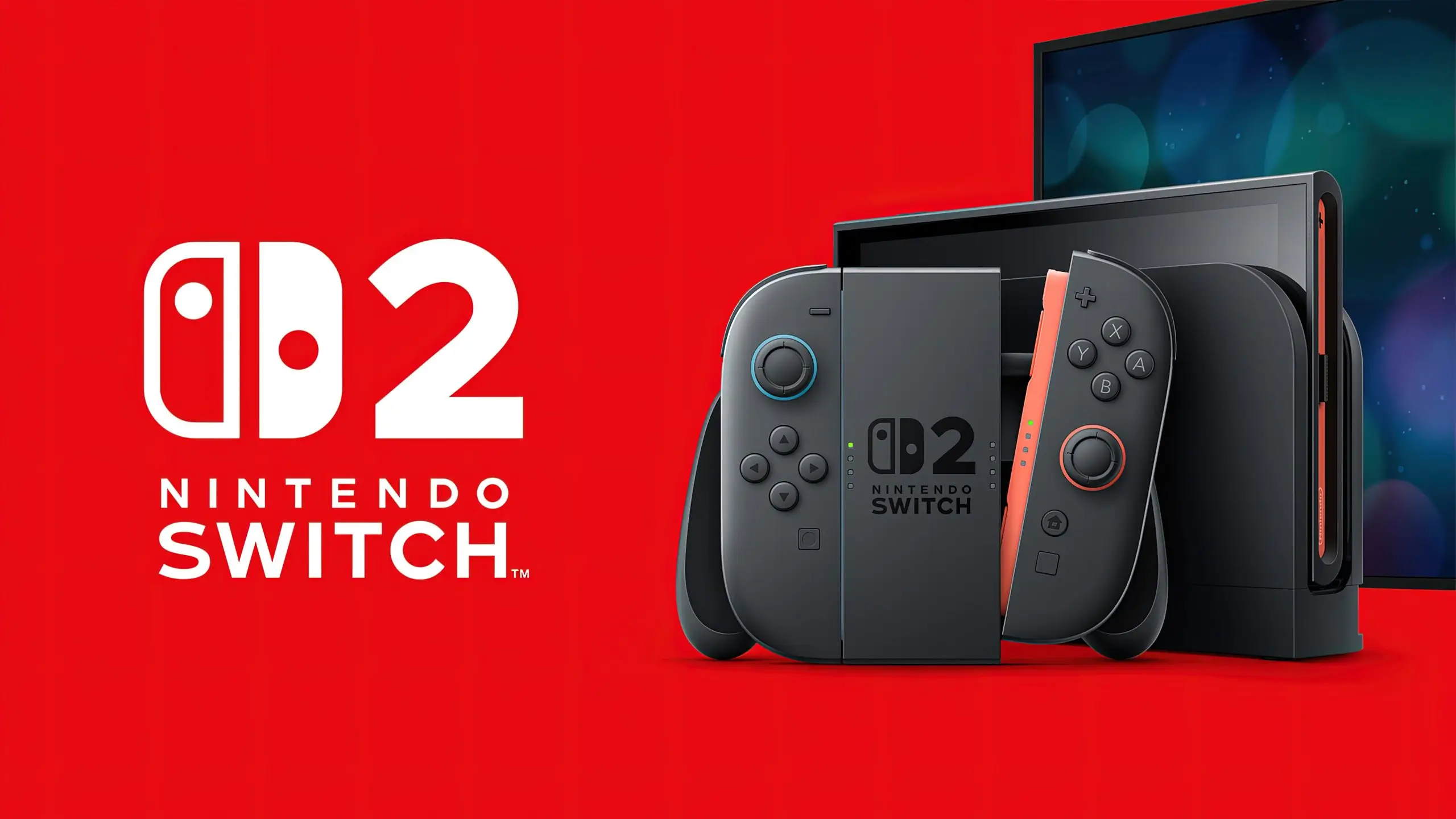
Nintendo has finally unveiled the complete technical specifications for its highly anticipated Switch 2 console, confirming rumors of a custom NVIDIA GPU and DLSS support while revealing a significant performance disparity between docked and handheld modes that has surprised many industry analysts.
Nintendo Confirms Switch 2 Hardware After Months of Speculation
After months of carefully controlled information releases and vague statements, Nintendo has officially disclosed the full technical specifications for the Switch 2 console. Digital Foundry, known for their in-depth technical analysis of gaming hardware, has published a comprehensive breakdown of the system’s capabilities, ending widespread speculation about the console’s power and features.
The Switch 2 will be powered by a custom NVIDIA Tegra T239 system-on-chip featuring an 8-core ARM Cortex-A78AE CPU configuration running at 1.8GHz in handheld mode and 2.5GHz when docked. This represents a substantial upgrade from the original Switch’s Tegra X1 chip with its 4-core CPU that was based on the older ARM Cortex-A57 architecture.
Custom NVIDIA GPU and DLSS Support
Perhaps the most significant revelation is the confirmation that the Switch 2 will feature a custom GPU based on NVIDIA’s Ampere architecture – essentially a miniaturized version of the technology found in the RTX 30 series desktop graphics cards. The GPU will feature 12 Streaming Multiprocessors (SMs) and operate at variable clock speeds: 600MHz in handheld mode and 1GHz when docked.
Nintendo has also confirmed that the system will support NVIDIA’s DLSS (Deep Learning Super Sampling) technology, which uses AI-based upscaling to improve image quality and performance. This feature will be crucial for the system to reach higher resolutions while maintaining acceptable framerates, especially when running more demanding titles.
“The inclusion of DLSS is a game-changer for Nintendo,” notes Digital Foundry’s technical director. “It allows the Switch 2 to punch above its weight class by intelligently upscaling from lower internal resolutions while maintaining visual fidelity.”
Significant Performance Gap Between Docked and Handheld Modes
One surprising aspect of the specifications is the substantial performance differential between docked and handheld modes. According to the technical analysis, the Switch 2 will experience up to a 60% performance reduction when used as a portable device compared to when it’s connected to a TV.
This performance gap is significantly larger than what was seen in the original Switch, which typically saw around a 40% difference between modes. The disparity is primarily due to aggressive clock speed reductions implemented to maintain acceptable battery life and manage thermal output in the handheld form factor.
Memory and Storage Specifications
The Switch 2 will come equipped with 12GB of LPDDR5 memory, a substantial upgrade from the original’s 4GB of LPDDR4. This increased memory allocation will allow for more complex games with higher-resolution textures and more detailed environments.
For storage, the base model will include 256GB of internal NAND flash storage, with premium editions offering up to 512GB. The console will retain the microSD card slot for expandable storage, with support for cards up to 2TB.
Display and Resolution Capabilities
Nintendo has opted for a 7-inch OLED display for the Switch 2, maintaining the same screen size as the OLED version of the original Switch but with improved brightness and color accuracy. The panel will feature a 1080p resolution, up from the 720p display of its predecessor.
When docked, the system will be capable of outputting at up to 4K resolution for supported games, though many titles are expected to run at dynamic resolutions with DLSS upscaling to maintain performance targets.
Battery Life and Thermal Management
Battery life has been a significant focus for Nintendo with the new hardware. Despite the increased performance, Nintendo claims the Switch 2 will offer between 4-7 hours of gameplay on a single charge, comparable to the revised model of the original Switch.
To manage thermal output from the more powerful components, Nintendo has implemented an enhanced cooling solution that includes a larger heat sink and improved fan design. This thermal management system is crucial for maintaining performance during extended play sessions, particularly for more demanding games.
Backward Compatibility and Game Support
Nintendo has confirmed that the Switch 2 will feature backward compatibility with “most” original Switch titles. However, some games may require updates or patches to fully function on the new hardware. The company has stated that it is working with developers to ensure a smooth transition for the existing library.
Industry analysts suggest that while the new hardware represents a substantial upgrade, it still falls short of the raw processing power found in the PlayStation 5 and Xbox Series X. However, Nintendo’s focus has traditionally been on innovative gameplay rather than pushing technical boundaries.
Preorder Information and Release Date
Following the specifications reveal, Nintendo has opened system reservations at select retailers. The standard model is priced at $399.99, with a premium edition featuring additional storage and bundled software available for $449.99.
The Nintendo Switch 2 is scheduled for release in November 2025, positioning it perfectly for the holiday shopping season. The company expects high demand and potential supply constraints, encouraging interested consumers to secure preorders early.
Market Impact and Industry Response
The confirmation of the Switch 2’s specifications comes at a critical time for Nintendo, as the original Switch approaches its ninth year on the market. While the current system continues to sell well, hardware sales have begun to decline as consumers anticipate the next generation.
Gaming industry analysts remain optimistic about the Switch 2’s prospects, noting that Nintendo’s strategy of pairing accessible hardware with strong first-party software has proven successful in the past.
“Nintendo doesn’t need to compete directly with Sony and Microsoft on raw performance,” explains industry analyst Michael Pachter. “Their strength lies in their exclusive franchises and unique hardware features. The Switch 2 specifications suggest they’re maintaining that philosophy while still delivering meaningful technical improvements.”
With the specifications now confirmed, attention turns to Nintendo’s software lineup for the new console. While several titles have been hinted at, including new entries in the Mario and Zelda franchises, Nintendo is expected to reveal its launch lineup at a dedicated Nintendo Direct presentation in the coming weeks.
As the holiday season approaches, the Switch 2 is positioned to be one of the most sought-after tech products of 2025, continuing Nintendo’s tradition of innovative gaming hardware that prioritizes unique experiences over pure technical specifications.
Technology
Chinese Robotaxi Operator Pony.ai Reports First Fire Incident, No Injuries, But Stock Plunges
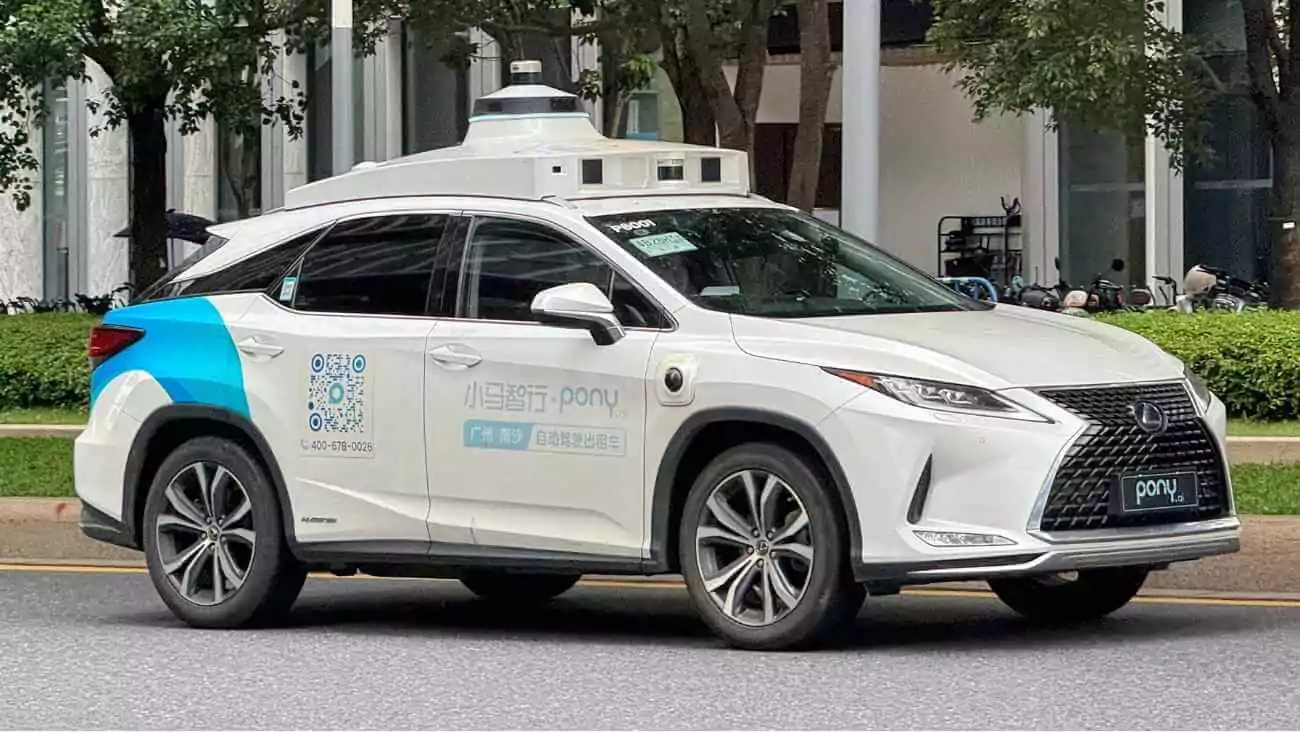
On May 14, 2025, Pony.ai, a leading Chinese robotaxi operator, announced its first fire incident involving one of its autonomous vehicles in Beijing, with no injuries reported. This event, marks a significant moment for the company, which is navigating the complexities of AI-driven public safety tools and AI accessibility efforts, while facing scrutiny over AI privacy and security concerns.
The incident occurred around 9:30 a.m. when the vehicle, which was not carrying any passengers, was detected with an abnormal status. According to the report, the fire broke out during the handling process, prompting Pony.ai to coordinate with authorities for containment. Reuters confirmed that no injuries were reported, but the cause of the fire remains under investigation, a development that echoes cybersecurity challenges in AI systems. Seeking Alpha noted that the robotaxi was empty at the time, mitigating potential risks, while GuruFocus highlighted a 10% drop in Pony.ai’s stock price following the incident, reflecting investor concerns over AI-driven creative tools and their real-world implications.
Pony.ai, which operates over 250 robotaxis across major Chinese cities like Beijing, Shanghai, and Guangzhou, has been at the forefront of autonomous vehicle technology. The company’s recent partnership with Toyota, BAIC, and GAC’s Aion to develop cost-effective robotaxis was seen as a step towards mainstream adoption, but this fire incident raises questions about the reliability and safety of such systems, a theme often explored in AI communication advancements. The event underscores the challenges of scaling AI technologies, particularly in AI-driven public safety contexts, where trust and performance are paramount.
The fire, while contained without harm, has sparked a broader discussion on the ethical and practical implications of AI in transportation. Concerns about data privacy, system reliability, and the potential for misuse are heightened, especially as Pony.ai aims to expand its fleet and operations. This incident serves as a reminder of the delicate balance between innovation and safety, a balance often tested in AI privacy debates.
As the investigation continues, the outcome could influence regulatory approaches to autonomous vehicles, both in China and globally. For Pony.ai, the road ahead involves not only technical fixes but also rebuilding investor and public confidence. What are your thoughts on Pony.ai’s first fire incident—does it signal a setback for robotaxi technology, or is it a manageable hurdle in the journey towards AI-driven transportation? Share your insights in the comments; we’re eager to hear your perspective on this critical development.
-

 AI3 months ago
AI3 months agoDeepSeek AI Faces U.S. Government Ban Over National Security Concerns
-

 Technology2 months ago
Technology2 months agoiPhone 17 Air and Pro Mockups Hint at Ultra-Thin Future, Per Leaked Apple Docs
-

 AI2 months ago
AI2 months agoGoogle Gemini Now Available on iPhone Lock Screens – A Game Changer for AI Assistants
-
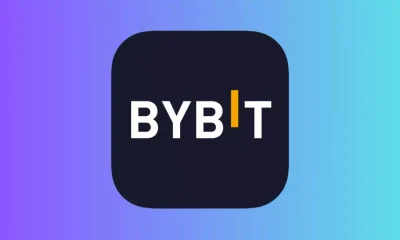
 Technology3 months ago
Technology3 months agoBybit Suffers Record-Breaking $1.5 Billion Crypto Hack, Shaking Industry Confidence
-
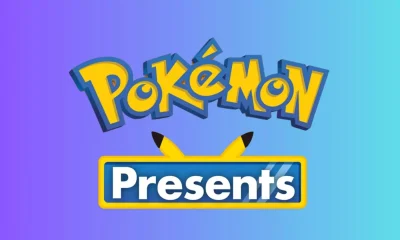
 Technology3 months ago
Technology3 months agoPokémon Day 2025 Celebrations Set for February 27 With Special Pokémon Presents Livestream
-
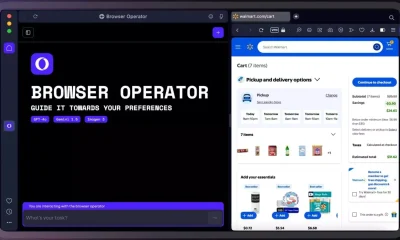
 AI2 months ago
AI2 months agoOpera Introduces AI-Powered Agentic Browsing – A New Era for Web Navigation
-
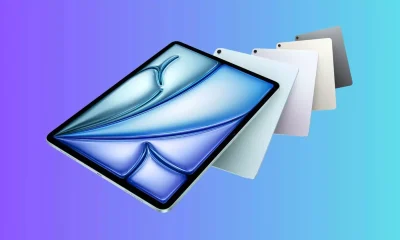
 Technology2 months ago
Technology2 months agoApple Unveils New iPad Air with M3 Chip and Enhanced Magic Keyboard
-

 AI2 months ago
AI2 months agoChina’s Manus AI Challenges OpenAI with Advanced Capabilities
